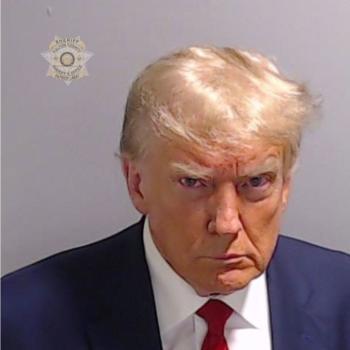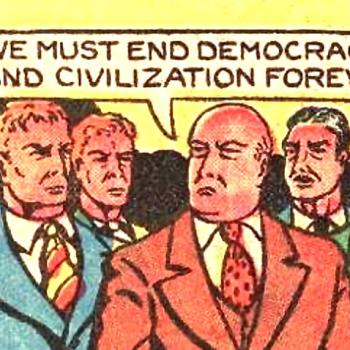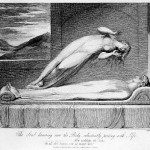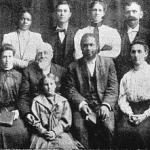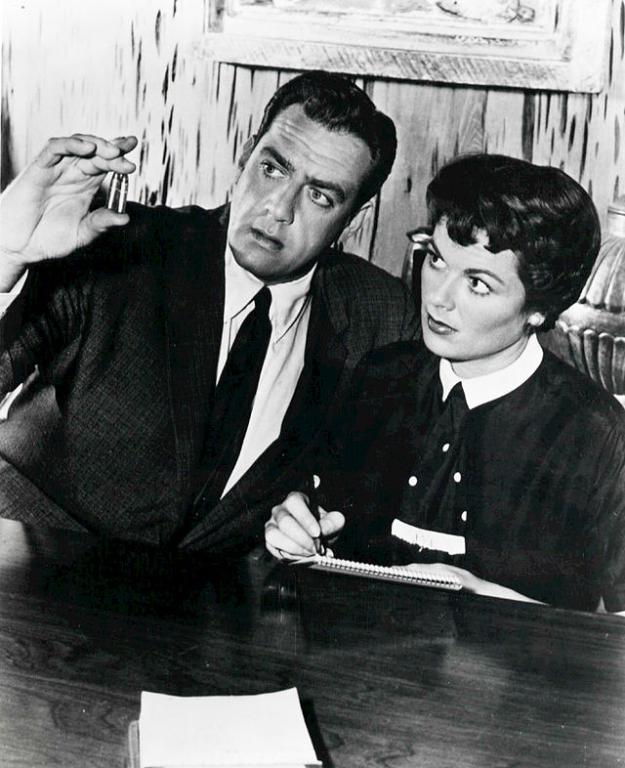
(Wikimedia Commons public domain photograph)
***
One reaction: “Just Started Dan Vogel’s New Book: Already Chagrined by the Treatment of Champollion”
***
An outspoken atheist who frequently comments on my blog routinely declares that there is no evidence at all in favor of theistic belief — a claim that, frankly, I find completely risible — and then adds that, anyway, the only kind of evidence that really counts is what he calls “tangible evidence” (emphasis mine). He has responded (after a fashion) specifically to my citation of the Book of Mormon witnesses; they provide mere “stories,” he says. But “stories,” he announces, require the support of tangible evidence. Otherwise, we should not take them seriously.
I’ll now offer a few more thoughts on this topic, continuing a discussion that I began at “A Note on Evidence (Part One)” and then continued at — cue drum roll — “A Note on Evidence (Part Two).” (I’ll bet you didn’t see that title coming!). Anyway, here are some additional ideas:
Restricting the evidence that “counts” to tangible evidence only is arbitrary and idiosyncratic, without precedent in either law or historiography, where, as a recently retired federal judge told me just two or three weeks ago, “eyewitness testimony is the gold standard.”
“Evidence can be divided into two general types,” says one educational website in a very straightforward passage devoted to the topic, simple enough even for some of my most determined critics to understand:
“Testimonial evidence is a statement made under oath. An example would be a witness pointing to someone in the courtroom and saying, ‘That’s the guy I saw robbing the grocery store. This is also called direct evidence or prima facie evidence.
“Physical evidence can be any object or material relevant in a crime. It can be any tangible thing, large or small. This is also called real evidence.”
Of course, the term real evidence in this context doesn’t mean “real” as opposed to “imaginary.” It should be thought of in the sense of real in real estate, simply meaning “tangible.” After all, testimonial evidence is listed first here, not physical evidence.
Or, as the website of the Shouse California Law Group puts it,
Direct evidence is a piece of evidence often in the form of the testimony of witnesses or eyewitness accounts. Examples of direct evidence are when a person testifies that he/she:
- saw an accused commit a crime,
- heard another person say a certain word or words, or
- observed a certain act take place.2
If, for example, a witness testifies that it was raining outside, this personal knowledge is direct proof to show that it was raining.
Consider, also, a case where a defendant is suspected of burglary. A conspirator to the crime signs a statement confessing that he helped the accused with the offense. This is direct proof of the defendant’s guilt.
Not a word in that passage from SCLG insists that the only real evidence is “tangible evidence.” And there should be no surprise at that: Probably no judge in the United States of America or anywhere else in the world would insist only on physical evidence, refusing to admit the evidence of eyewitness testimony.
It is often said with regard to a trial, for example, that Mr. Jones “gave evidence” in court. What do we mean by that? We certainly don’t typically mean that Mr. Jones showed up at the courthouse with an array of fingerprints or a box of plaster footprint casts or a vial of saliva for DNA analysis.
The online Merriam-Webster definition of give evidence is “to talk and answer questions about something especially in a court of law while formally promising that what one is saying is true : testify.”
The Collins website says that “If you give evidence in a court of law or an official inquiry, you officially say what you know about people or events, or describe an occasion at which you were present.”
Under the title of “Giving evidence as a witness of fact,” a website designed to help medical professionals who have been called to testify in court explains that ‘The court is most interested in what is called ‘first-hand evidence’. This means that it wants you to concentrate on what you personally observed, rather than what you may have been told by someone else.”
There is not a word in any of these entries — or in any of those like them that I have seen — about “tangible evidence.” They’re about witnesses testifying to what they’ve seen, to what they’ve experienced, to what they personally know.
Those involved in the courts also talk about someone “turning state’s evidence” (or, in other related legal systems, turning “crown evidence” or “Queen’s evidence”). Now, my atheist friend may imagine that “turning state’s evidence” involves something on the order of putting the pistol used in a convenience store holdup on a kind of rotisserie in front of a judge and a jury, or maybe rotating a murder victim’s bones on a “lazy Susan” in such a way that the jurors and the magistrate all get a close look at them. Amazingly, though, that’s not at all what the term entails.
Here’s what Wikipedia says:
A criminal turns state’s evidence by admitting guilt and testifying as a witness (also called crown witness) for the state against his/her associate(s) or accomplice(s) often in exchange for leniency in sentencing or immunity from prosecution.
Nothing about “tangible” evidence.
And then there’s the commonly-used term circumstantial evidence. Here’s what the Encyclopaedia Britannica says about it:
“Circumstantial evidence, in law, evidence not drawn from direct observation of a fact in issue. If a witness testifies that he saw a defendant fire a bullet into the body of a person who then died, this is direct testimony of material facts in murder, and the only question is whether the witness is telling the truth. If, however, the witness is able to testify only that he heard the shot and that he arrived on the scene seconds later to see the accused standing over the corpse with a smoking pistol in his hand, the evidence is circumstantial; the accused may have been shooting at the escaping killer or merely have been a bystander who picked up the weapon after the killer had dropped it.
“The notion that one cannot be convicted on circumstantial evidence is, of course, false. Most criminal convictions are based on circumstantial evidence, although it must be adequate to meet established standards of proof.”
There is no mention of “tangible evidence” in those two paragraphs.
And here’s an interesting discussion from Wikipedia:
Direct evidence supports the truth of an assertion (in criminal law, an assertion of guilt or of innocence) directly, i.e., without an intervening inference. Circumstantial evidence, by contrast, consists of a fact or set of facts which, if proven, will support the creation of an inference that the matter asserted is true.
For example: a witness who testifies that they saw the defendant shoot the victim gives direct evidence. A witness who testifies that they saw the defendant fleeing the scene of the crime, or a forensics expert who says that ballistics proves that the defendant’s gun shot the bullet that killed the victim both give circumstantial evidence from which the defendant’s guilt may be inferred.
In direct evidence, a witness relates what they directly experienced. (Usually the experience is by sight or hearing, though it may come through any sense, including smell, touch or pain. State v. Famber, 214 S.W.2d 40 (Mo. 1947).
Please note that there is no requirement of “tangibility” in the comments on “direct evidence,” above. And “tangible evidence” is only one possibility mentioned in connection with “circumstantial evidence.”
“Can you be convicted on circumstantial evidence?
Here, from The Judges’ Book, is an article that might be worth some attention:
“Evidence Law: Convictions Based on Circumstantial Evidence”
To be continued.
***
These two articles — and the additional links that they supply — strike me as very, very important in our current climate:



